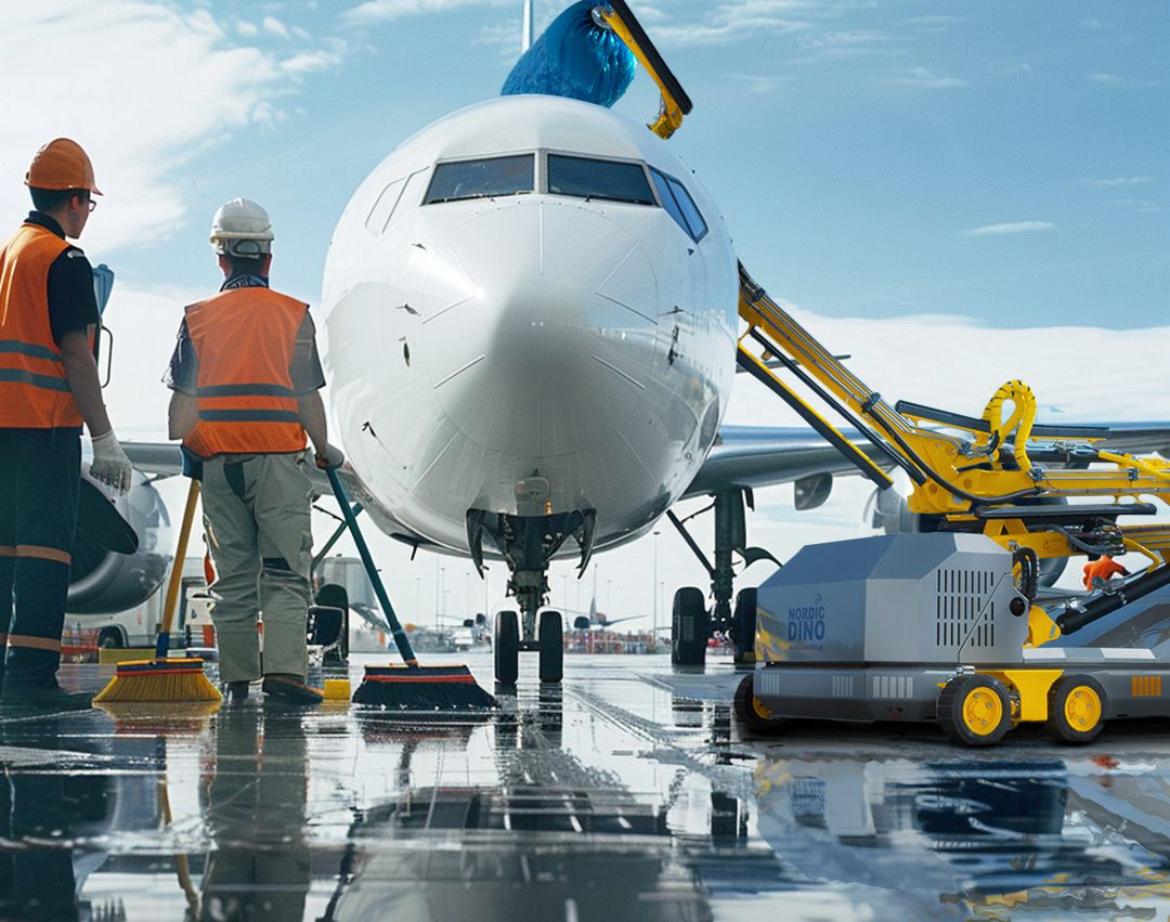
The Hidden Costs of Contamination
Research indicates that insects on an aircraft can increase fuel consumption by 1.1% to 4.4%, with only 400 insects causing measurable drag. During this season, the accumulation of bug residue on the aircraft can significantly affect performance, requiring regular cleaning to counteract drag and manage operational expenses for airlines.
According to a study by the German Aerospace Center, just 400 insects can drive fuel consumption increases that cost airlines millions each year, especially for fleets with many daily flights. Veronika Andrianovaite of Nordic Dino Robotics states, “Given that fuel accounts for 25-30% of operating costs, even a slight increase can lead to substantial financial implications.”
Understanding the Insect Problem
Most insect residue is collected during ground operations or low-altitude phases, adding to contamination levels. During peak seasons—like spring and summer in Europe or during the monsoon in parts of Asia—airlines need efficient cleaning solutions.
Effective Solutions
Modern robotic cleaning technologies allow for effective removal of insect contaminants, drastically reducing cleaning time. This advancement is crucial during high frequency flight operations, delivering operational efficiency while ensuring aircraft remain performance-ready. Using robots like Nordic Dino can cut cleaning times significantly—from eight hours down to four for wide-body aircraft, and from three to one hour for narrow-body jets, thereby enhancing profitability and performance.
